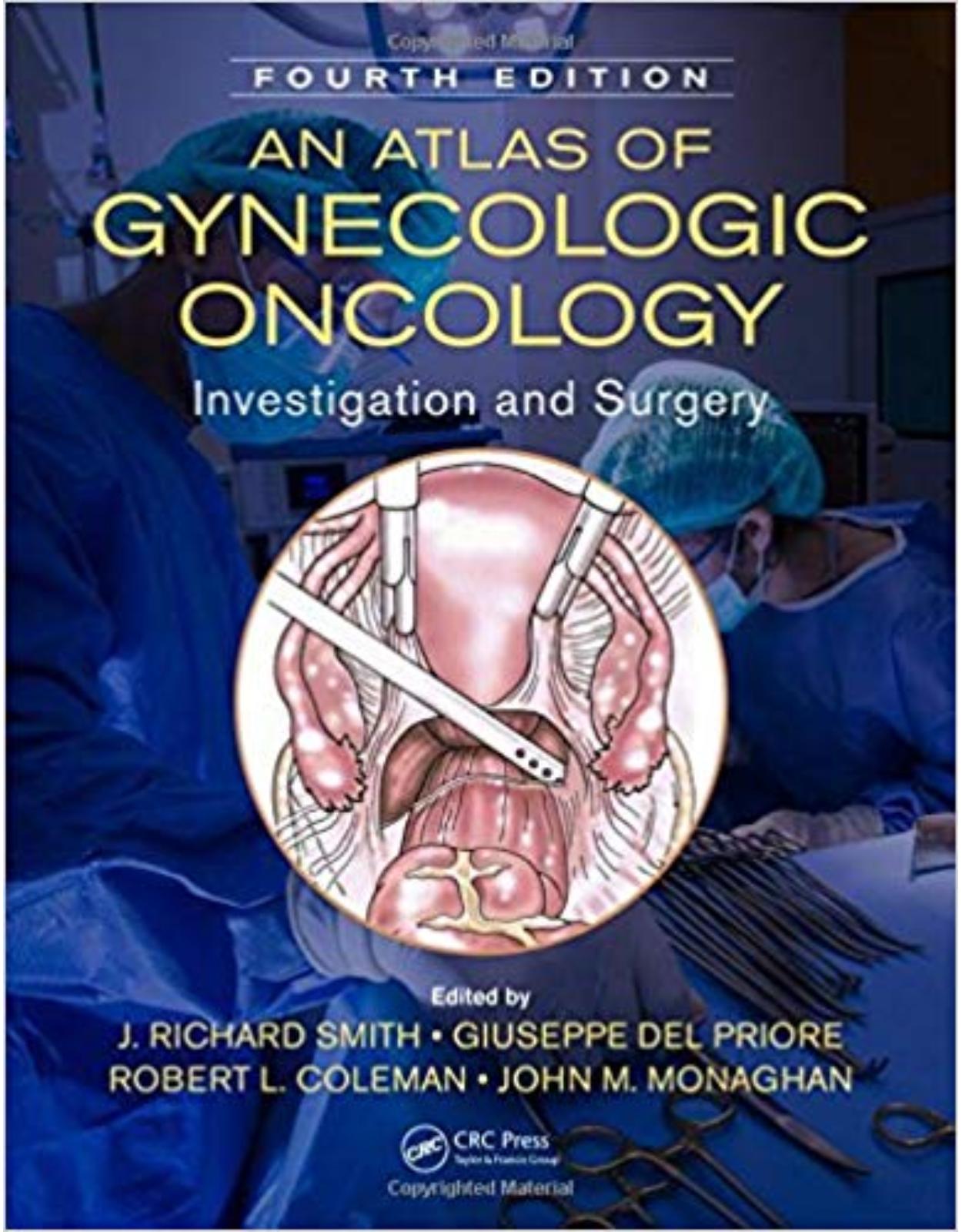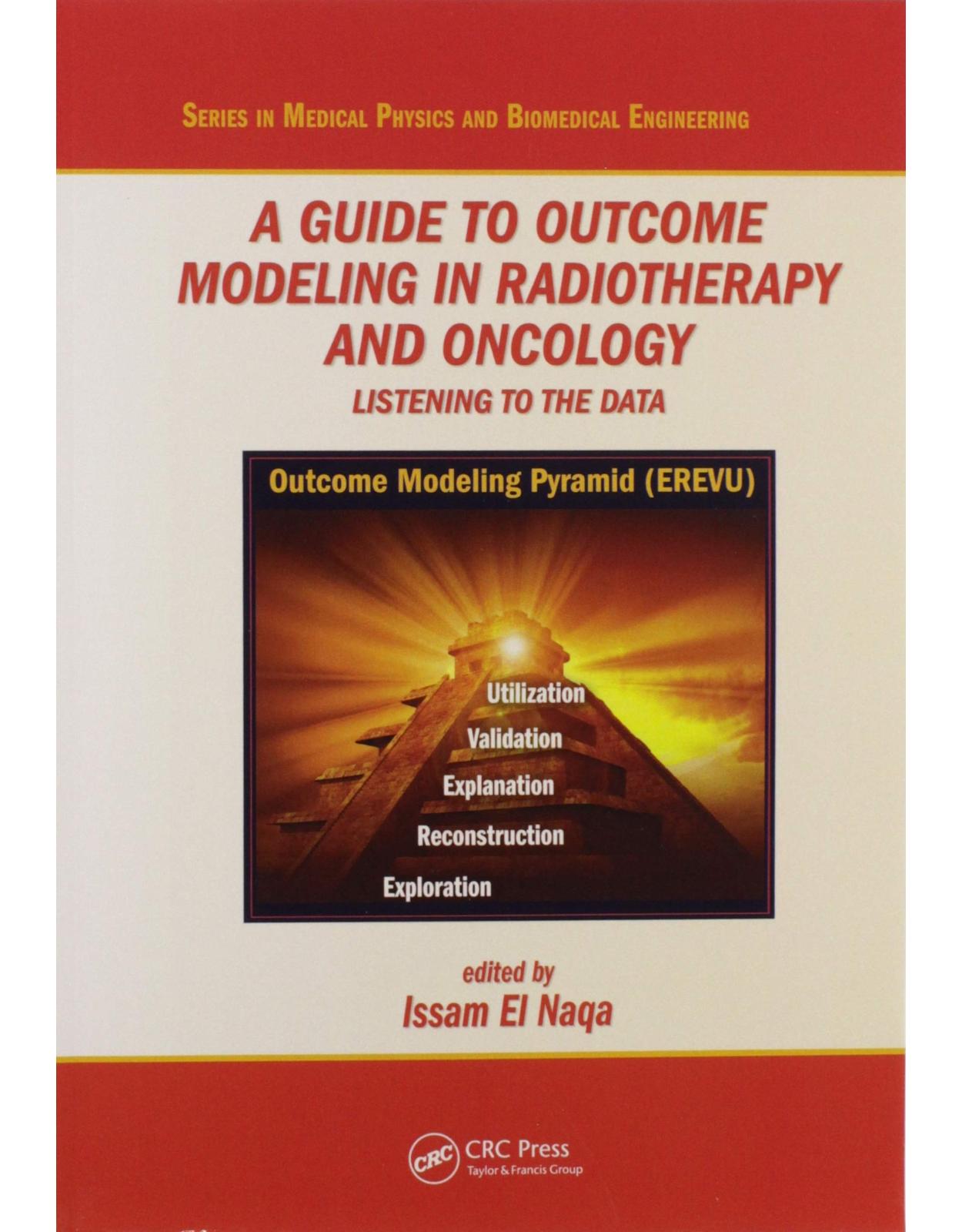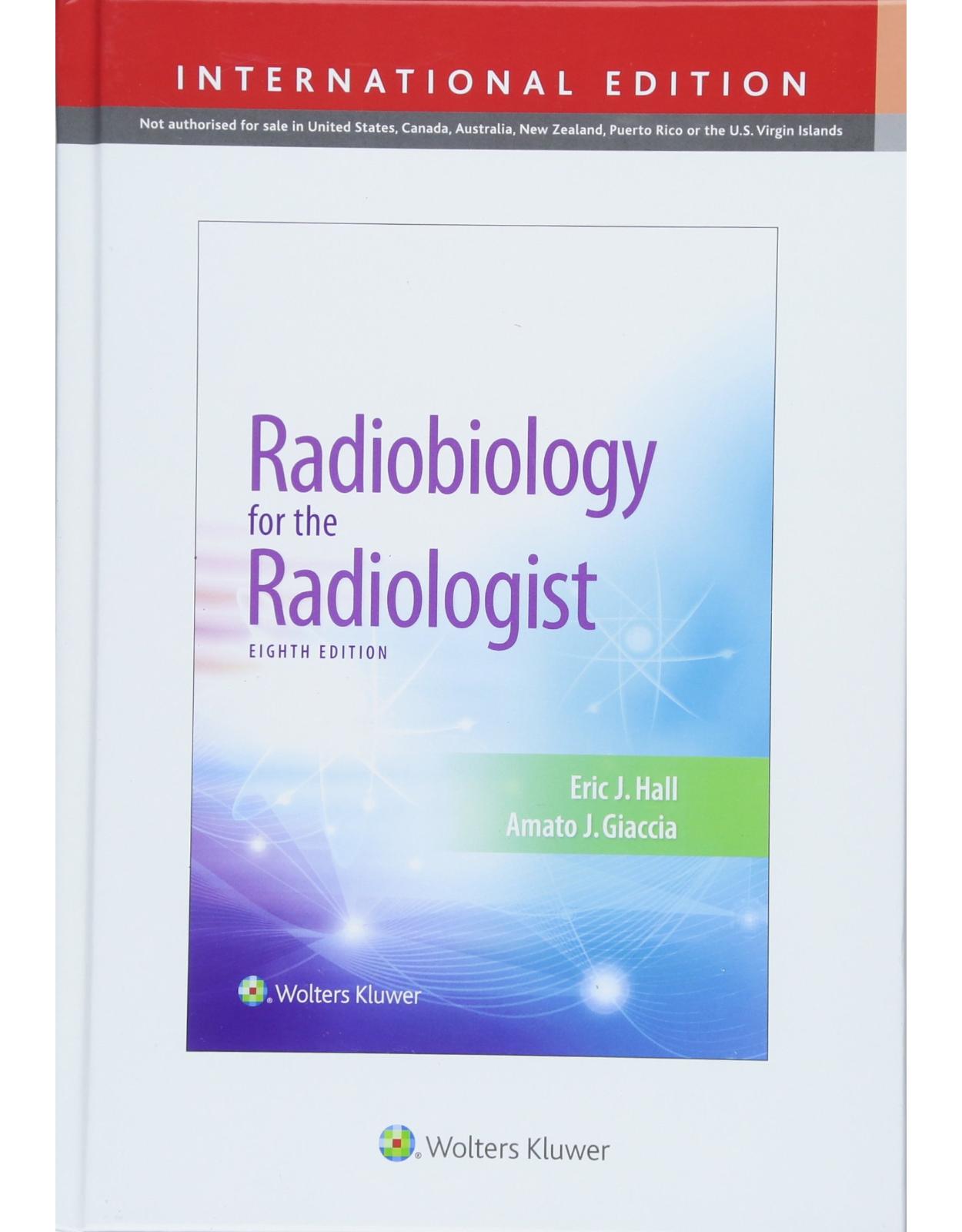
An Atlas of Gynecologic Oncology: Investigation and Surgery, Fourth Edition
Livrare gratis la comenzi peste 500 RON. Pentru celelalte comenzi livrarea este 20 RON.
Disponibilitate: La comanda in aproximativ 4 saptamani
Editura: CRC Press
Limba: Engleza
Nr. pagini: 361
Coperta: Hardback
Dimensiuni: 21.6 x 27.9 cm
An aparitie: 2018
Description:
The latest edition of An Atlas of Gynecologic Oncology continues its coverage of the innovative techniques in investigation and surgery on the brink of becoming established as part of the gynecologic surgeon’s repertoire, now including the exciting developments in uterine transplantation.
Table of Contents:
Chapter 1 Introduction: Preparing a patient for surgery
Introduction
Thromboembolic Disease
Prevention and Risk Assessment
Prevention and Treatment
Diagnosis
Treatment
Infection Prophylaxis
Infection Control
Prevention of Blood-borne Infection
References
Chapter 2 Preoperative workup
Introduction
Assessment of Perioperative Cardiac Risk
2014 ACC⁄AHA Perioperative Cardiac Risk Guidelines
Step 1: Determine the Urgent or Emergent Nature of the Procedure
Step 2: Determine the Presence of Active Cardiac Disease or Active Clinical Risk Factors of Cardiac Disease
Step 3: Calculation of Risk to Determine Perioperative Morbidity
Step 4: Determine the Patient’s Functional Capacity, or their Ability to Perform Common Daily Tasks
Step 5: Supplemental Preoperative Evaluation
Perioperative Therapy
Perioperative Medical Management
Assessment of Hematologic Risk
Thromboembolic Disease
Assessment of Pulmonary Risk
Assessment of Endocrinologic Risk
Diabetes Mellitus
Thyroid Dysfunction
Adrenal Suppression
Assessment of Renal Risk
Assessment of Hepatic Risk
References
Chapter 3 Complications
Introduction
Bowel Complications
Wound Complications
Bibliography
Chapter 4 Anatomy
Introduction
Pelvic Fascia and Pelvic Spaces
Upper Part of the Abdomen
Vascular Supply
Nerves
Muscles
Bones and Cutaneous Landmarks
References
Chapter 5 Cross-sectional and molecular imaging
Introduction
Carcinoma of the Endometrium
Role of Imaging
Ultrasound
Computed Tomography
Magnetic Resonance Imaging
Positron Emission Tomography-CT (PET-CT)
Cervical Cancer
Role of Imaging
Ultrasound
Computed Tomography
Magnetic Resonance Imaging
FDG PET-CT
Ovarian Malignancy
Ultrasound
Computed Tomography
Magnetic Resonance Imaging
PET-CT
Vaginal Cancer
Imaging
Vulval Cancer
Ultrasound
Computed Tomography
References
Chapter 6 Sigmoidoscopy, cystoscopy, and stenting
Proctoscopy, Rigid and Flexible Sigmoidoscopy
Indications
Preoperative Preparation
Instrumentation
Proctoscopy
Rigid Sigmoidoscope
Flexible Sigmoidoscope
Operative Procedure
Rigid Sigmoidoscope
Rectal Biopsy
Polypectomy
Flexible Sigmoidoscope
Postoperative Care
Cystoscopy and Stenting
Indications
Preoperative Preparation
Instrumentation
Rigid Cystoscope
Flexible Cystoscope
Operative Procedure
Rigid Cystoscope
Bladder Biopsy
Ureteric Catheterization and Stenting
Flexible Cystoscope
Postoperative Care
Acknowledgments
Bibliography
Chapter 7 Tumor markers
Introduction
Ovarian and Fallopian Tube Cancer
Tumor Markers in Ovarian Cancer
CA125
Human Epididymis Protein 4
Indications for Use of Tumor Markers
Screening
Differential Diagnosis and Prognosis
Prognosis
Monitoring Response to Treatment and Recurrence
Carcinoembryonic Antigen
CA-19-9
Alpha-Fetoprotein and Human Chorionic Gonadotropin
Inhibin and Anti-Mullerian Hormone
Future Tumor Markers
Cervical Cancer
Squamous-Cell Carcinoma Antigen
Other Tumor Markers
Gestational Trophoblastic Tumors /Neoplasia
Human Chorionic Gonadotropin
Endometrial Cancer
Vulvar and Vaginal Cancer
Summary
References
Chapter 8 Cone biopsy
Introduction
Indications
Anatomic Considerations
Vascular Supply
Innervation
Muscles Involved
Bony Landmarks
Surgical Procedure
Loop Electrosurgical Excision
Scalpel “Cold Knife” Cone
Chapter 9 Radical abdominal hysterectomy
Introduction
Surgical Procedure
Reference
Chapter 10 Laparoscopically assisted vaginal radical hysterectomy
Introduction
The Revival of Radical Vaginal Hysterectomy—Role of Laparoscopy
Surgical Procedure
Laparoscopic Operation
Vaginal Surgery
Postoperative Course—Complications
Endpoints—Indications
Conclusions
References
Chapter 11 Radical vaginal trachelectomy
Introduction
Indications
Anatomical Consideration
Vascular Supply
Uterovaginal Endopelvic Fascia
Cardinal (Mackenrodt) Ligament
Uterosacral Ligaments
Procedure
Anatomical Relationship
Vaginal Cuff Preparation
Identification of the Vesicouterine Space
Opening of the Paravesical Space (Description for the Patient’s Left Side)
Identification and Mobilization of the Ureter
Section of the Bladder Pillars
Section of the Cardinal Ligament (Proximal Parametrium)
Excision of the Specimen
Prophylactic Cervical Cerclage and Closure of the Vaginal Mucosa
Trachelectomy Specimen
Cervical Appearance after a Trachelectomy Procedure
Results
Oncologic Results
Obstetrical Results
Fertility Results
Summary
References
Chapter 12 Radical abdominal trachelectomy
Introduction
Figo Sotaging
Anatomical Considerations
Vascular Considerations
Oncological Considerations
Operative Procedure
Post-Operative Consideration
Summary
References
Bibliography
Chapter 13 Central recurrent cervical cancer: The role of exenterative surgery
Introduction
Selection of the Patient for Exenterative Surgery
Patient Assessment
Absolute Contraindications
Relative Contraindications
Type of Exenteration
Preoperative Preparation
The Final Intraoperative Assessment
Operative Procedure
Total and Anterior Exenteration
Dealing with the Empty Pelvis
Postoperative Care
Results of Exenteration
references
Chapter 14 Total mesometrial resection
Introduction
Ontogenetic Surgical Anatomy
Surgical Procedure
Indications
Contraindications
Treatment Goals
Technique
Pathological Evaluation
Outlook
References
Chapter 15 Laterally extended endopelvic resection
Introduction
Ontogenetic Surgical Anatomy
Surgical Procedure
Indications
Contraindications
Technique
Outlook
References
Chapter 16 Vaginectomy
Introduction
Preoperative Assessment
Anatomic Considerations
The Vaginal Procedure
Instruments
The Operation
Postoperative Care
The Abdominal Procedure
Instruments
Preoperative Preparation
The Operation
Complications
Postoperative Care
Reference
Chapter 17 Radical vulvar surgery
Introduction
Anatomic Considerations
Blood Supply
Nerve Supply
Lymphatic Drainage
Alternative Routes of Lymph Drainage
Indications
Role of the En Bloc Dissection
Pelvic Node Dissection
Identification of Lymphatic Spread and Nodal Involvement
Surgical Procedure
Patient Preparation
Thromboembolic Prophylaxis
Operative Procedure
Skin Incision
Defining the Fascial Planes in the Groin Incisions
Division of the Saphenous Vein
Developing the Deep Dissection
Cleaning the Adductor Muscles
The Vulval Incision
Pelvic Node Dissection
References
Chapter 18 Sentinel lymph node biopsy
Introduction
What is Lymphatic Mapping?
Historical Perspective
Mapping Techniques
Blue Dye
Radiocolloid, Lymphoscintigraphy, and Intraoperative Gamma Counters
Indocyanine Green and Near-Infrared Fluorescence Imaging
Sentinel Nodes: Pathologic Examination
Clinical Experience
Vulvar Cancer
Future Directions
Cervical Cancer
Clinical Experience and Data Review
Blue Dye
Radiocolloid
Future Development
Uterine Cancer
Summary
Future Directions of Lymphatic Mapping
References
Chapter 19 Ovarian tissue cryopreservation and transplantation
Introduction
Impact of Cancer Treatments on Female Fertility
Ovarian Tissue Cryopreservation
Tissue Harvesting
Processing of the Ovarian Tissue
Cryopreservation
Ovarian Tissue Transplantation
Risk of Cancer Cell Seeding
Ovarian Transplantation Techniques
Pelvic Orthotopic Transplantation
Heterotopic Transplantation
Forearm
Lower Abdominal Subcutaneous Tissue
References
Chapter 20 Uterine transplantation and lessons from transplant surgery
Introduction
Ethical Considerations
Historical Considerations
Future Considerations
Lessons from Transplant Surgery
References
Chapter 21 Epithelial ovarian cancer
Preoperative Assessment
Preoperative Investigations
Primary Laparotomy
Surgical Techniques for Advanced Disease
En Bloc Resection of Advanced Pelvic Disease
Appendectomy
Splenectomy
Omentectomy
Excision of Liver Nodules
Surgery for Apparent Early-Stage Disease
Interval Debulking Surgery
Second-Look Surgery
Palliative Surgery
Germ Cell and Stromal Tumors of the Ovary
References
Chapter 22 Upper abdominal cytoreduction for advanced ovarian cancers
Introduction
Spleen
Diaphragm
Liver
Thorax
Perinephric Region, Intestine, Mesentery, and Lymph Nodes
Conclusions
References
Chapter 23 Extraperitoneal approach to infrarenal, inframesenteric, and pelvic lymphadenectomies
Introduction
Indications
Cervical Carcinoma
Endometrial Carcinoma
Ovarian Carcinoma
Methods
Preparation
Technique
Opening the Space
Challenges Establishing Pneumoretroperitoneum
Harvesting the Left Inframesenteric Aortic Nodes
Resecting the Right Aortic Nodes
Harvesting the Pelvic Nodes
Postoperative Management
Surgical Outcomes
Complications
Conclusions
References
Chapter 24 Vascular access and implantable vascular and peritoneal access devices
Introduction
Indications
Contraindications
Anatomic Considerations
Types of Ports
Surgical Procedure
Preoperative Evaluation and Testing
Surgery
Venous Access
Percutaneous (Seldinger) Technique
Needle Insertion
Subclavian Vein Access
Traditional Method of Insertion
Alternative Technique
Internal Jugular Access
Passing the Guide Wire
Dilating the Skin Incision/Passing the Catheter
Cutdown Technique
Venous Access via the Cephalic Vein
Internal Jugular Cutdown
Making the Pocket for the Port
Creating a Tunnel for the Catheter
Connecting the Port to the Catheter
Checking Placement of Catheter
Peritoneal Access Device without Concurrent Laparoscopy or Laparotomy
Maintenance and Access of Catheters
Complications
References
Chapter 25 Surgical management of trophoblastic disease
Management of Trophoblastic Disease: the Basics
Placental Site Trophoblastic Tumors
Management
Fertility Preservation
Conclusion
References
Chapter 26 Laparoscopy
Introduction
Appendectomy
Indications
Anatomic Considerations
Surgical Procedure
Hysterectomy
Anatomic Considerations
Surgical Procedure
Radical Hysterectomy
Surgical Procedure
Omentectomy
Anatomic Considerations
Surgical Procedure
Laparoscopic Bowel Surgery
Small or Large Bowel Bypass
Indications
Anatomic Considerations
Surgical Procedure
Loop Ileostomy
Indications
Anatomic Considerations
Surgical Procedure
Right Hemicolectomy
Indications
Anatomic Considerations
Surgical Procedure
Left Hemicolectomy
Indications
Anatomic Considerations
Surgical Procedure
Palliative End Colostomy
Indications
Anatomic Considerations
Surgical Procedure
Lymphadenectomy
Indications
Anatomic Considerations
Para-Aortic Nodes
Pelvic Nodes
Surgical Procedure
Para-Aortic Lymphadenectomy
Pelvic Lymphadenectomy
Bibliography
Chapter 27 Humidification during surgery: Benefits of using humidified gas during laparoscopic and open surgery
Basics of the Physiology of the Peritoneum
Laparoscopic Surgery
Impact of the Dry Insufflation Gas on Body Temperature: Hypothermia
Impact of the Dry Insufflation Gas on the Peritoneum Integrity: Tissue Damage
Impact of the Temperature and Humidification of the Insufflation Gas on Pain
Impact of the Insufflation Gas on Postoperative Adhesions
Impact of the Insufflation Gas on the Recovery Time
Open Surgery
Conclusion
references
Chapter 28 Robotic surgery
Introduction
Advantages and Disadvantages
Operative Room Setup
Patient Positioning and Related Anesthesia Requirements
Operative Entry
Surgical Procedures
Endometrial Cancer Staging
Instruments
Surgical Tips
Radical Hysterectomy, Radical Trachelectomy, and Radical Parametrectomy
Instruments
Surgical Tips
Pelvic Masses in Pregnancy
Other Uses of the Robotic Platform
References
Chapter 29 Gastrointestinal surgery in gynecologic oncology
Introduction
Stomach
Indications
Anatomic Considerations
Surgical Procedures
Small Bowel
Introduction
Anatomic Considerations
Surgical Procedures
Large Intestine Surgery
Indications
Anatomic Considerations
Surgical Procedures
references
Chapter 30 Urologic procedures
Introduction
Ureteric Injury
Risk Factors
Prevention and Detection
Preoperative Imaging
Management of Ureteric Injuries
Anatomy
Vascular Supply
Innervation
Ureteroureterostomy
Ureteroneocystotomy and Psoas Hitch
Boari Flap
Ileal Ureter
Urinary Diversion
Renal Function, Metabolic Abnormalities, and Altered Sensorium
Patient Preference, Quality of Life, and Age
Ileal Conduit
Orthotopic Neobladder
Indiana Pouch
Summary
Acknowledgments
References
Chapter 31 Fistula repair
Etiology and Epidemiology
Obstetric Causes
Surgical Causes
Radiation
Malignancy
Inflammatory Bowel Disease
Miscellaneous
Classification
Presentation
investigations
Biochemistry and Microbiology
Dye Studies
Imaging
Excretion Urography
Retrograde Pyelography
Cystography
Fistulography
Barium Enema, Barium Meal, and Follow-Through
Ultrasonography, Computerized Tomography, and Magnetic Resonance Imaging
Examination Under Anesthesia
Endoscopy
Cystoscopy
Colonoscopy, Sigmoidoscopy, and Proctoscopy
Preoperative Management
Urogenital Fistula
Intestinogenital Fistula
General Principles of Surgical Treatment
Timing of Repair
Urogenital Fistula
Intestinogenital Fistula
Route of Repair
Urogenital Fistula
Intestinogenital Fistula
Instruments
Dissection
Suture Materials
Operative technique
Urogenital Fistula Repair
Dissection and Repair in Layers
Saucerization
Vaginal Repair Procedures in Specific Circumstances
Abdominal Repairs
Transvesical Repair
Transperitoneal Repair
Ureteric Reimplantation
Interposition Grafting
Anal and Rectovaginal Fistula Repair
Laying Open of Fistula Track
Rectal Advancement Flap
Transperineal
Conversion to Fourth-Degree Tear
Transverse Transperineal
Transvaginal
Transanal
Advancement Rectal Sleeve Procedure
Transabdominal
Postoperative Management
Fluid Balance
Bladder Drainage
Mobility and Thromboprophylaxis
Antibiotics
Bowel Management
Subsequent Management
References
Chapter 32 Treatment of vascular defects and injuries
Introduction
Indications
Anatomic Considerations
Arterial Control and Repair
Venous Control and Repair
Vascular Patches
Inferior Vena Cava Filters
Bibliography
Chapter 33 Plastic reconstructive procedures
Introduction
Anatomic Considerations
Vascular Supply
Nerve Supply
Muscles Involved
Bony Landmarks
Indications
Surgical Procedure
Full-Thickness Cutaneous Advancement Flaps
The Rectus Abdominis Flap
The Gracilis Flap
Fasciocutaneous Neurovascular Pudendal Thigh Flaps
Bibliography
Chapter 34 Additional plastic surgery procedures
Introduction
Traditional Reconstructive Options and Their Limitations
Skin Grafts
Local Skin Flaps
Rectus Abdominis Flap
Gracilis Flap
General Considerations
Treatment History
Goals of Reconstruction
Execution of the Surgical Plan
Defect Sites
Groin/Suprapubic
Pelvic Cavity
Perineum
Vagina
Flap Options
Anterolateral Thigh Flap
Gluteal Flap
Omental Flap
Posterior Thigh Flap
Sartorius Flap
Tensor Fascia Lata Flap
Conclusion
References
Chapter 35 Fat transfer: Applications in gynecology
Introduction
Overview
Methods
Adverse Events
Clinical Applications and Experience
References
Chapter 36 Surgical management of postpartum hemorrhage
Introduction
Uterine Compression Sutures
B-Lynch Suture Technique
Compression Suture Postoperative Complications
Balloon Tamponade
Placement Technique
Arterial Ligation
Hysterectomy
Caesarean Hysterectomy Technique
Intraoperative Cell Salvage [ICS] Systems
Uterine Artery Embolization /Occlusion
Summary
References
Chapter 37 Brachytherapy
Introduction
Brachytherapy Techniques
Dose Rate
Intracavitary Brachytherapy
Interstitial Brachytherapy
Brachytherapy by Malignancy
Cervical Cancer
Endometrial Cancer
Postoperative Vaginal Cuff Brachytherapy
Medically Inoperable Endometrial Brachytherapy
Vaginal Cancer
Vulvar Cancer
Summary
References
Chapter 38 Innovative methods to teach and train minimally invasive surgery
Introduction
Current Methods of Assessment in Residency Programs [OB-GYN]
Innovative Training Networks and Validation of Skills
The Robotic Training Network
The Fundamentals of Robotic Surgery
Demonstrating Surgical Excellence
Crowdsourcing for Proficiency Assessment
Surgical Portfolios
Conclusion
References
Chapter 39 Meta-analysis of survival data
Survival Data in Gynecologic Oncology
What is a Meta-Analysis?
Information Overload
Conflicting Results
Narrative Review and its Shortcomings
Limitations of RCTs
Insufficient High-Quality Trial Data (In Surgical Research)
The Solution
Meta-Analysis Defined
Advantages over Narrative Reviews
Advantages over Randomized Controlled Trials
Meta-Analysis of Survival Data
Conducting a Survival Data Meta-Analysis
Importance of Careful Planning
Defining the Objectives of the Study
Defining the Population of Studies to be Included
Study Type
Patient Characteristics
Treatment Modalities
Defining the Outcome Measures
Locating All Relevant Studies
Screening, Evaluation ,and Data Abstraction
Statistical Methods for Calculating Overall Effect
Hazard Function and Cumulative Hazard Function
Performing a Meta-Analysis Based on Hazard Ratios
Calculation of Summary Statistics from Trial Reports
“Direct” Calculation
“Indirect” Calculation
“Kaplan–Meier” Curve Calculation
Heterogeneity between Study Results
Measuring Heterogeneity
Addressing Heterogeneity
Conducting a Meta-Analysis in the Surgical Context
Pitfalls in Conducting an SD Meta-Analysis
Conflicting Results between Meta-Analysis Compared to Large-Scale RCTs
Why Does Bias Exist in Meta-Analysis?
Types of Pitfalls in Conducting an SD Meta-Analysis
Impact of Bias on Survival Data Meta-Analyses
Bias
Assessing Potential Bias Inherent in RCTs
Publication Bias
Why Does Publication Bias Exist?
Reasons for Publication Bias in Negative Trials
Benefits of Survival Data Meta-Analyses
Assessing the Quality of a Meta-Analysis
Improving the Quality of Gynecologic Oncology Meta-Analyses
Further Concepts in Survival Analysis
Meta-Analysis and Software
Evaluating Survival Data in the Context of Clinical Decision Making
Conclusion
Appendix A
References
Chapter 40 Pain management
Introduction
Visceral Pain Physiology
Anatomy to Explain Clinical Features
Pain from Compression of Pelvic Structures
Initial Management of Pain
Neuropathic Pain
Interventional Techniques in Gynecological Malignancy
Epidural and Spinal Opioids
Superior Hypogastric Plexus Block (Neurolytic)
Technique
Blockade of Ganglion Impar
Presacral Neurectomy
Bibliography
Chapter 41 Palliative care
What is Palliative Care?
When is Palliative Care Relevant to the Woman With Gynecological Cancer?
General Principles of Palliative Care
Symptom Management
Disease-Modifying Palliative Treatment
Nonpharmacological Treatment
Prescribing for Symptom Control
Breathlessness
Anorexia
Nausea and Vomiting
Constipation
Anxiety and Depression
Clinical Challenges for Palliative Care in Gynecology Oncology
Malignant Bowel Obstruction
Recurrent Malignant Ascites
Communicating With the Family and With Other Professionals
The Dying Patient
References
Chapter 42 Doctor–patient communication
Introduction
The “Four-Cusp ” Approach
Cusp A: Potentially Curable
Case 1
Case 2
Cusp B: Living with Cancer
Cusp C: Pre-Terminal Phase
Cusp D: Terminal Phase
Bereavement⁄Grief
Spirituality, Religion, and Psychology
Bibliography
Index
| An aparitie | 2018 |
| Autor | J. Richard Smith and Giuseppe Del Priore |
| Dimensiuni | 21.6 x 27.9 cm |
| Editura | CRC Press |
| Format | Hardback |
| ISBN | 9781498729062 |
| Limba | Engleza |
| Nr pag | 361 |











Clientii ebookshop.ro nu au adaugat inca opinii pentru acest produs. Fii primul care adauga o parere, folosind formularul de mai jos.